I don’t wish to brag, but I’m quite expert in automotive technology. For instance, I know what makes a car go (more on that later.) And I know its basic instrument functions. First, there is the key. Until the key is placed correctly in the slot (professionals call it the ignition, but they like to coin words), the engine (another professional term; forgive my showing off, here); anyway, the engine sits idle, maybe snarling a little, waiting to be unlocked. Once unlocked, the vehicle yearns to charge forward (the back of your garage better watch out).
On the floor of the car are two or three pedals. The long one—a handy footrest, by the way—makes the vehicle go faster. The round one next to it breaks the vehicle, if not applied judiciously. Professionals, being poor spellers, thus call it the brake pedal. When present, the third pedal is, as far as I can determine, interchangeable with the brake pedal. It is provided for use in clutch situations, such as when you hear a sound like a cement mixer loaded with gravel.
Square in the driver’s lap sits a round wheel named the steering wheel. Professionals wanted to call it the helm, but were overruled. If you place both hands on the wheel at, say, the three-o’clock and nine-o’clock positions, you can make your vehicle turn. Pull down on the three-o’clock, and the car turns right. Pull down on the nine-o’clock, and the car turns left. I’ve never tried it, but believe if you pull down on the twelve-o’clock position, the car backs up.
Car manufacturers provide another way. It employs (here we go again) a gear shift. There are two kinds of gearing: manual and automatic. With a manual transmission, you select whatever gear you want. With an automatic transmission, you select whatever gear you want.
Earlier, I said I’d explain what makes a car go. … It is CA$H. … First, you have to slake a vehicle’s thirst with fuel. You seldom get that for free … unless you’re clever and have a siphon. But be aware that fuel satisfies a car only temporarily. Eventually it misbehaves, throwing a hissy-fit or a piston, whatever that is.
When your car misbehaves, you must take it to a therapist. Professionals call him a mechanic—a person who has years of experience dealing with disgruntled vehicles. Usually, the mechanic goes to school for the necessary training. That’s where he learns to speak the vehicle’s language.
Never question a mechanic. If he hands you a bill noting that he replaced the car’s rack-and-pinion boiler, just be grateful (meekness helps) and pay whatever the bill says.
For heaven’s sake, don’t get caught up trying to decipher his charges for labor, even if the bill claims it involved several days, when you waited for the car only half an hour. You’ll embarrass yourself as the mechanic explains the car’s inconsolable needs and his company’s labyrinthine billing procedures.
NOTE: Driver education courses may use the above information freely at no charge. I’m here to help all mankind.
Support local, independent news – contribute to The Fallon Post, your non-profit (501c3) online news source for all things Fallon.
Never miss the local news -- read more on The Fallon Post home page.
The Fallon Post -- 1951 W. Williams #385, Fallon, Nevada 89406




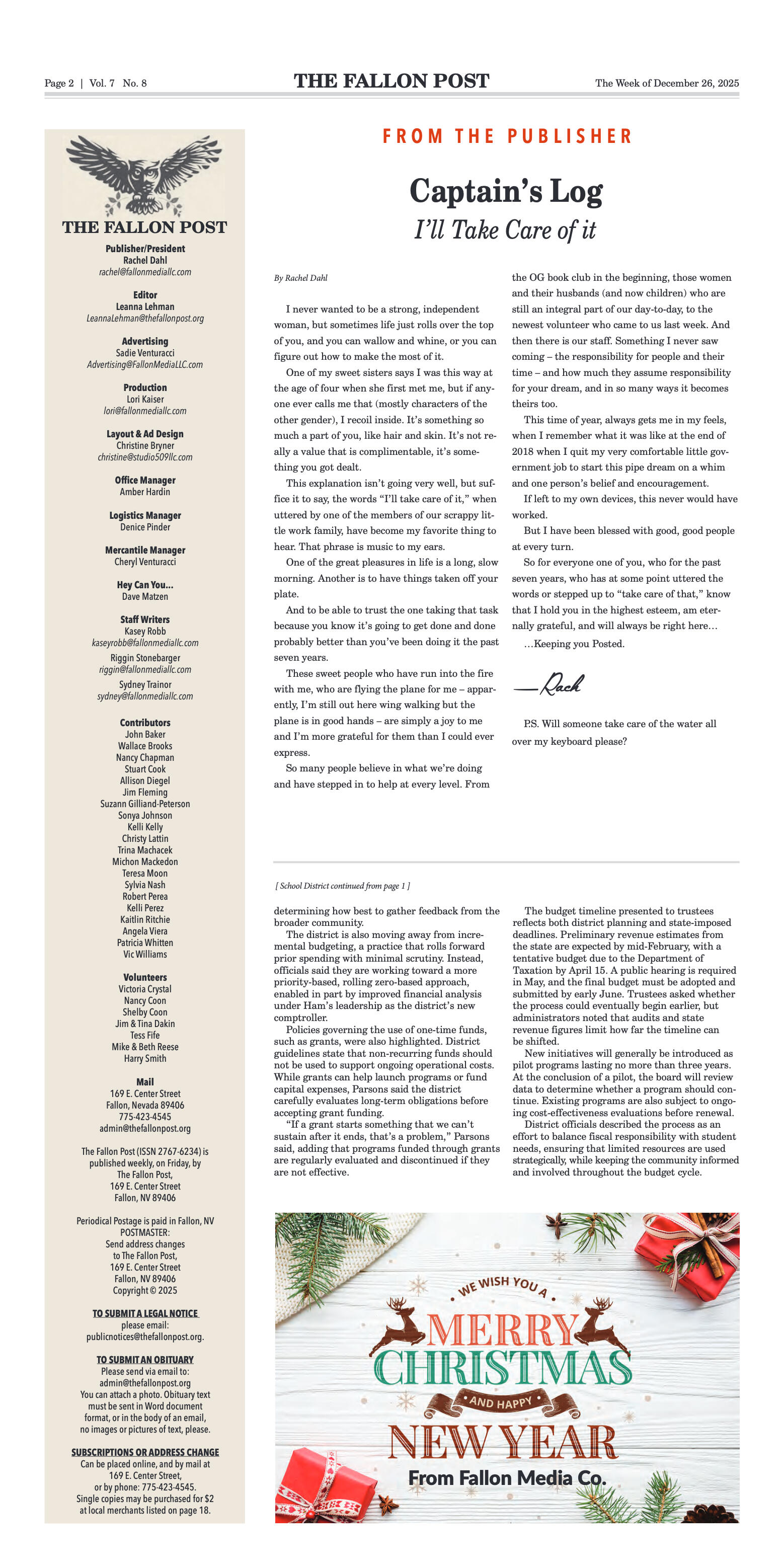





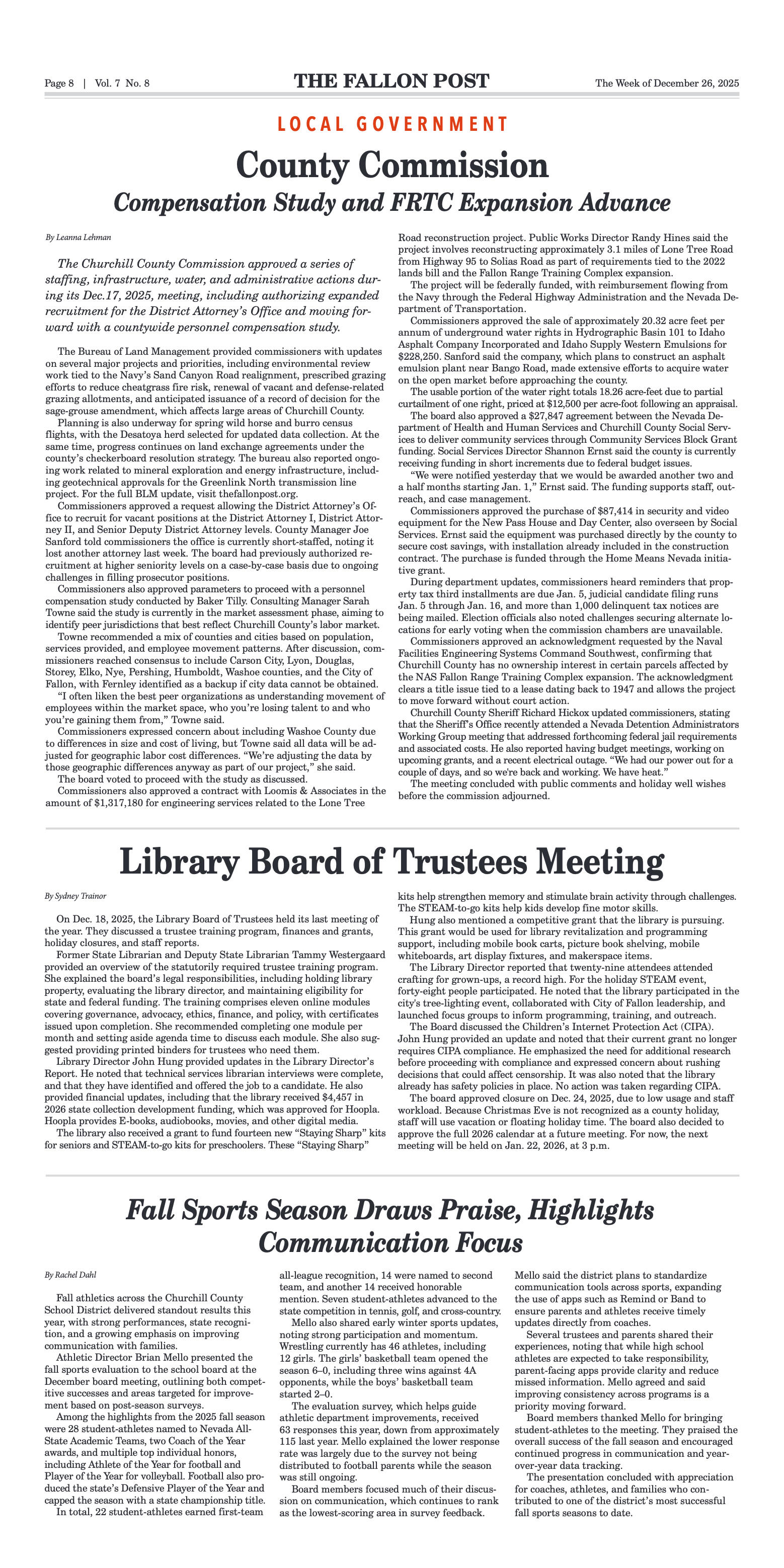
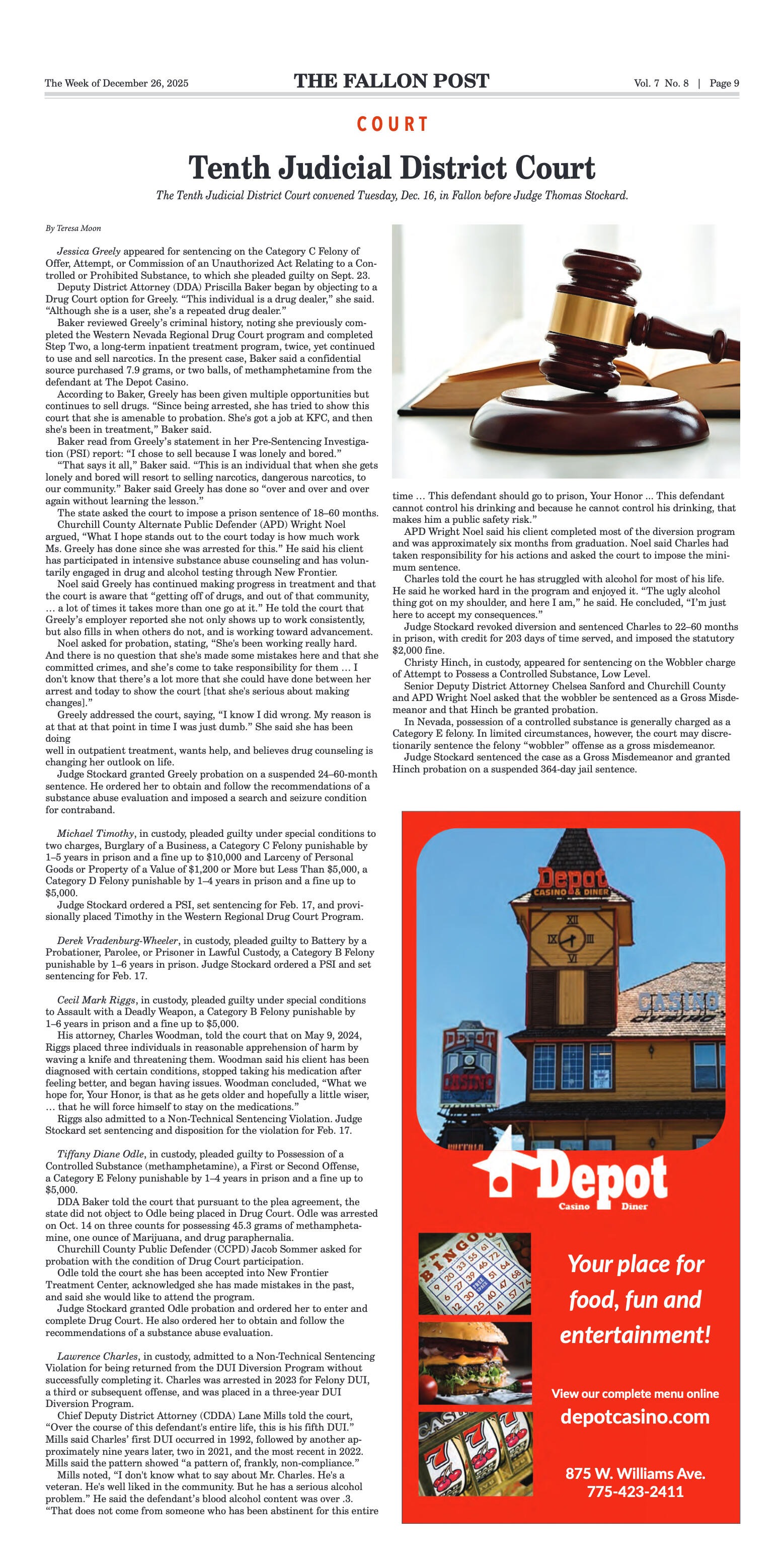


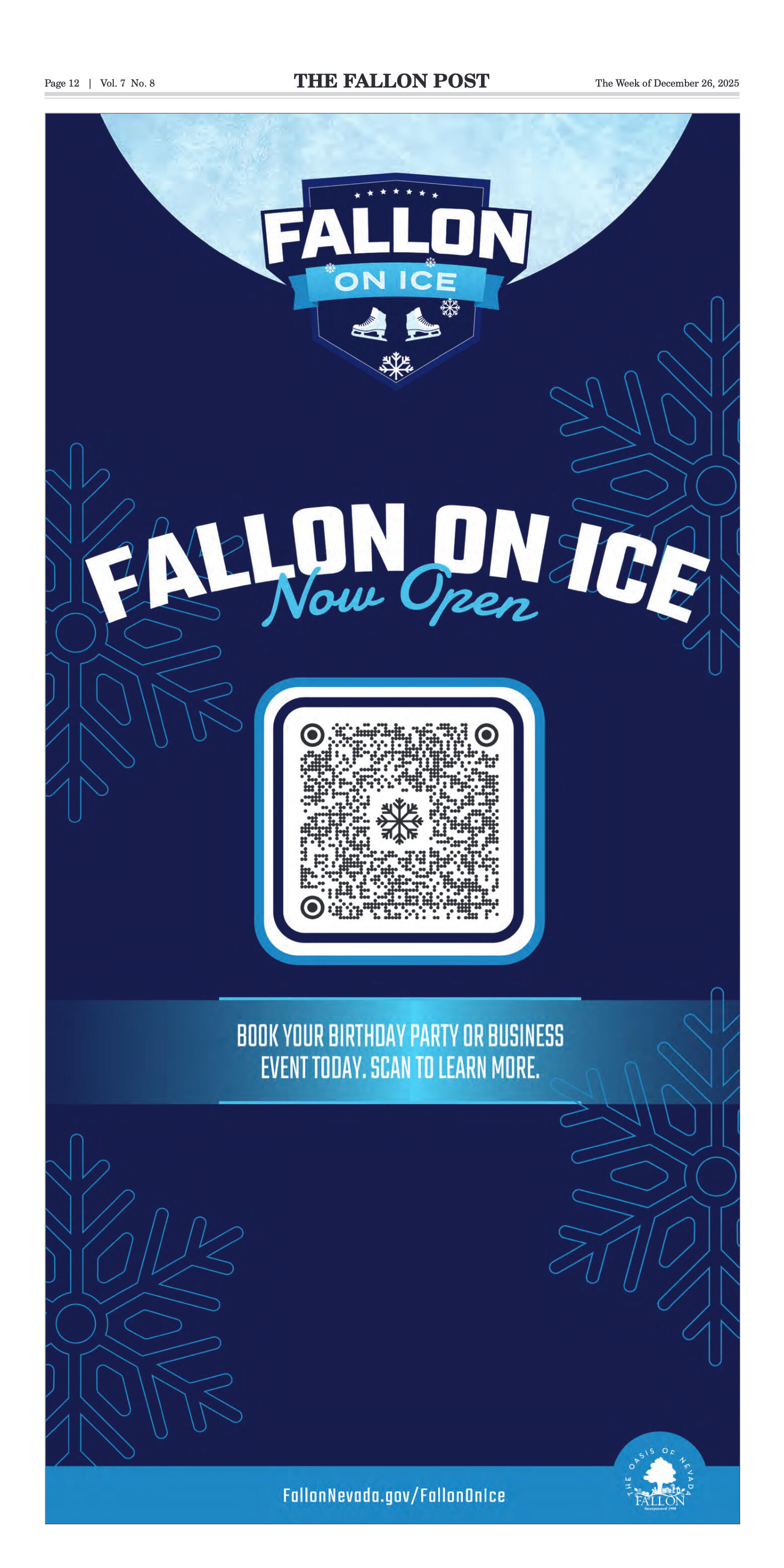

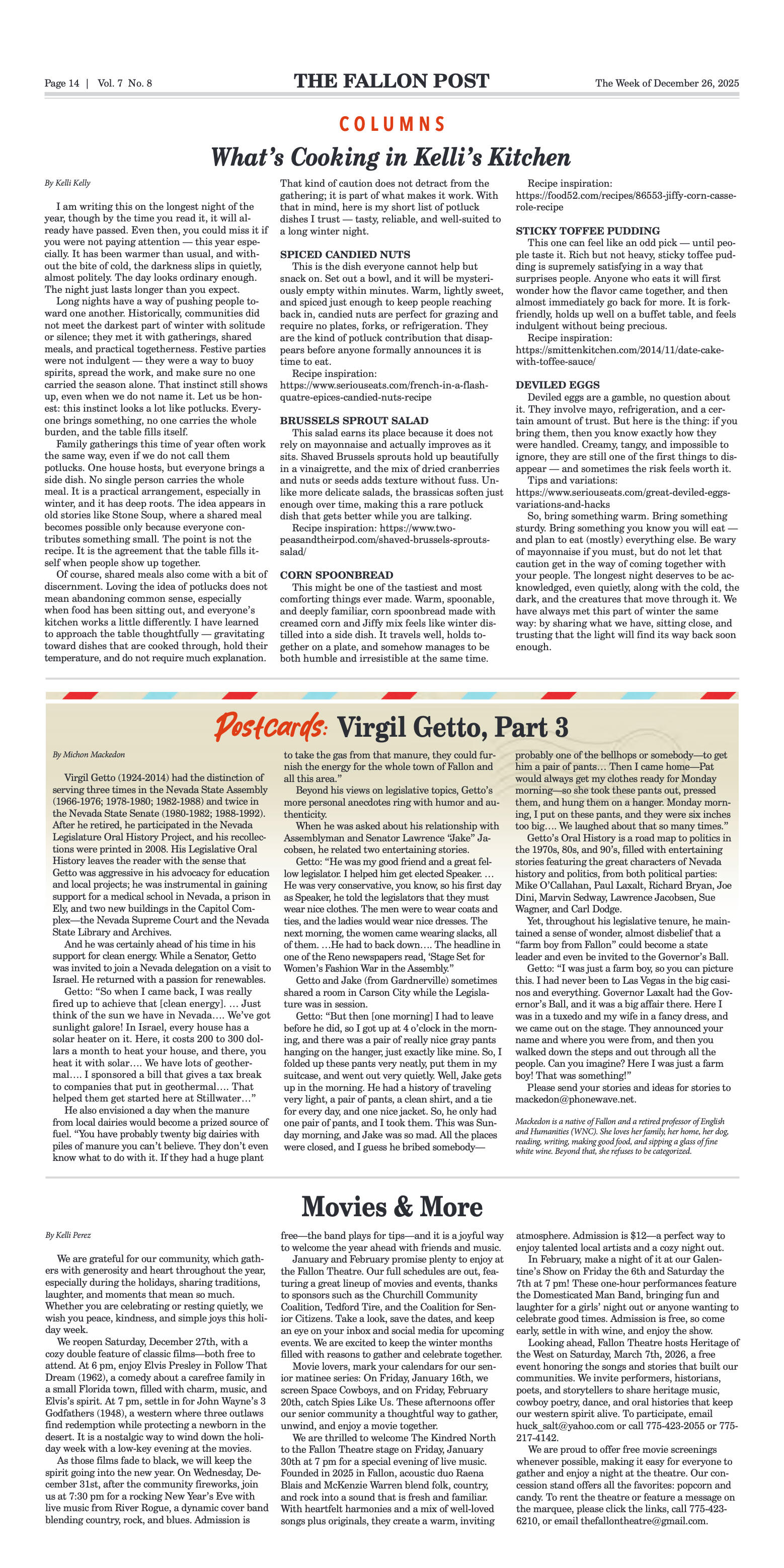
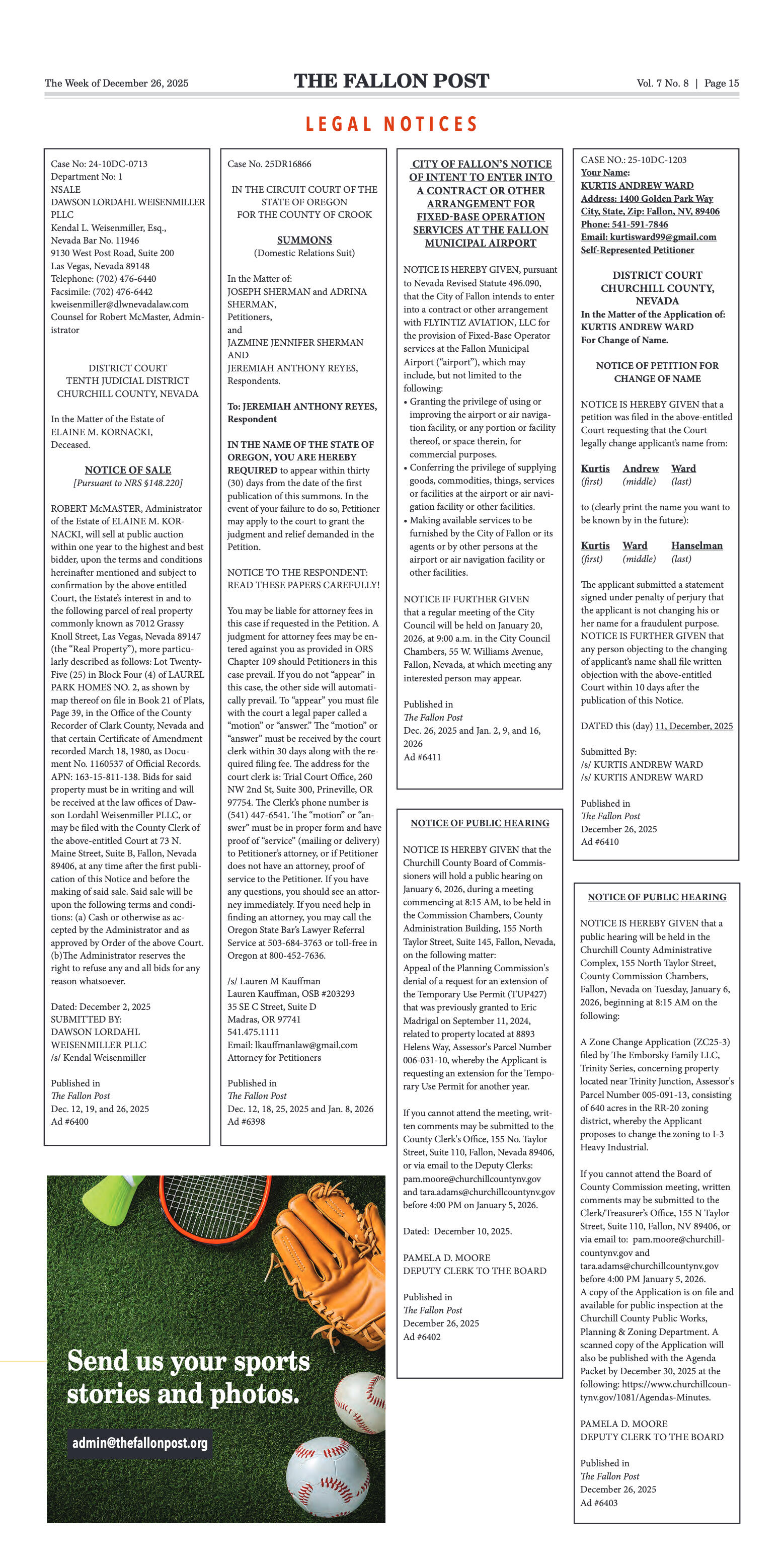
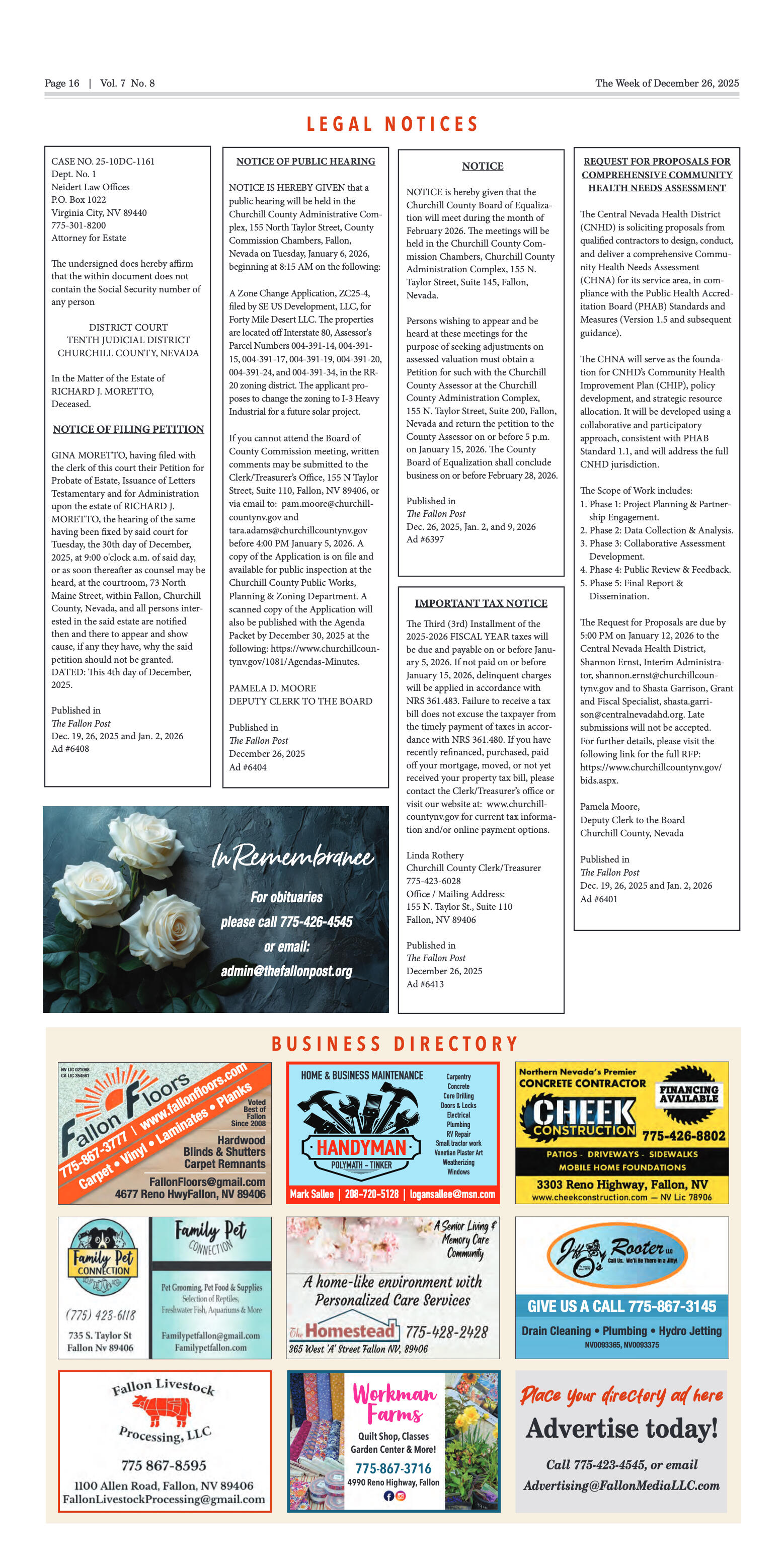


























Comment
Comments